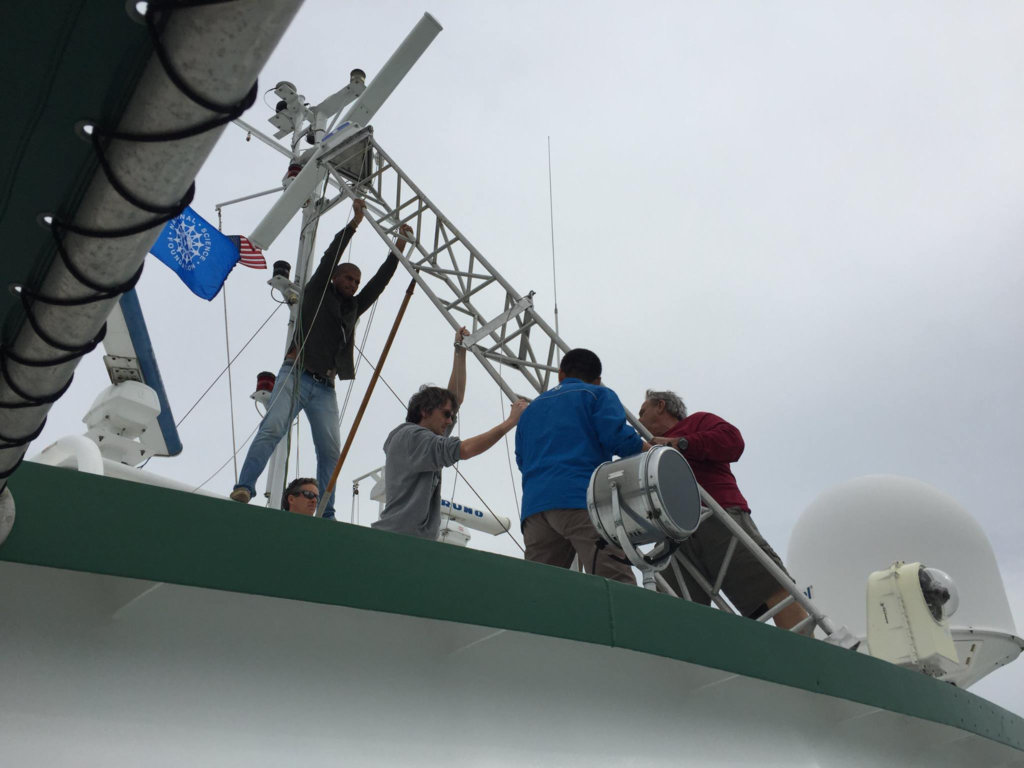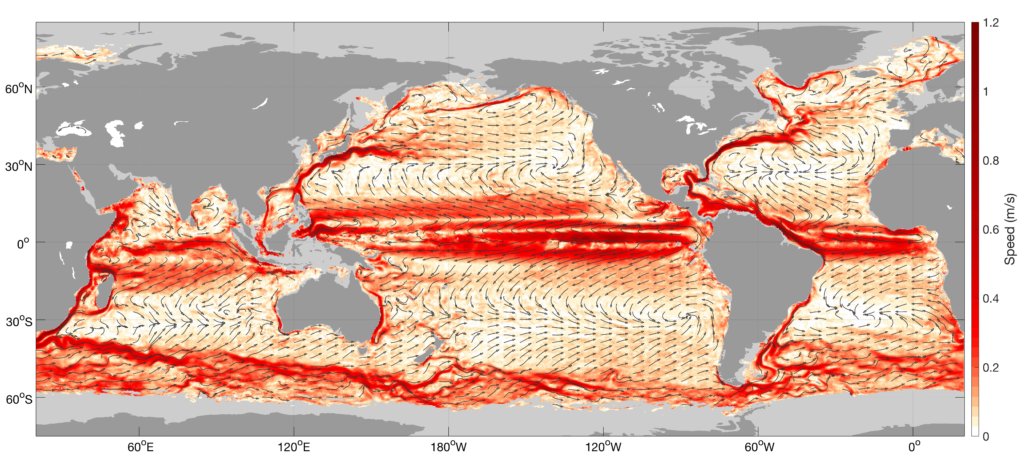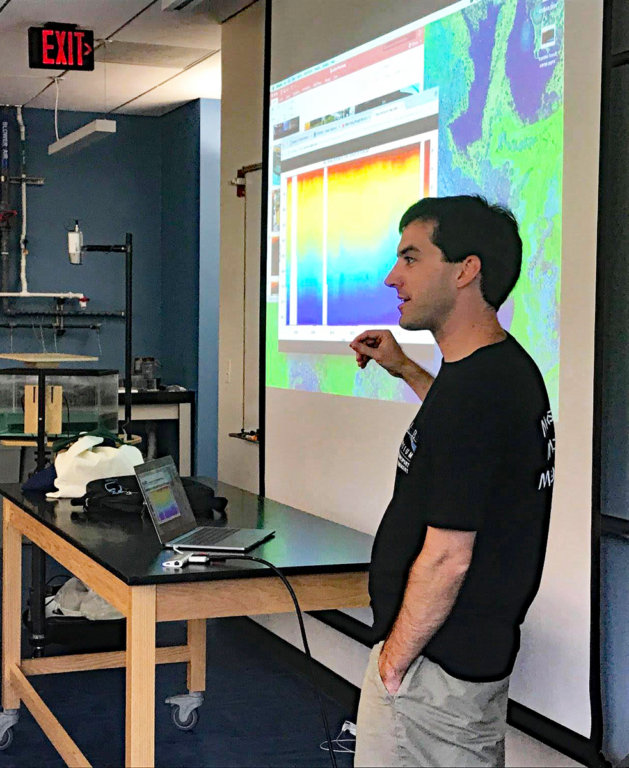Study Provides New Way of Looking at Energy Exchange at the Air-Sea Boundary Layer
 August 8, 2019
August 8, 2019
August 8, 2019 Scientists assessed the dynamics of heat and momentum exchange between the ocean and atmosphere to better understand how these factors influence Gulf of Mexico circulation. Specifically, they investigated how these factors constrained the heat dissipation rate (energy transferred to the atmosphere) in non-hurricane conditions during a month-long field experiment studying ocean transport […]
read articlePNAS Writer Follows Scientists Seeking to Answer, Did Sub-Sea Dispersants Work?
 July 18, 2019
July 18, 2019
July 18, 2019 Scientist and author M. Mitchell Waldrop accompanied researchers, funded by the Gulf of Mexico Research Initiative, as they conducted the largest experimental simulation to-date of the Deepwater Horizon oil intrusion. The researchers are hoping to provide solid science on dispersant effectiveness so that more informed decisions can be made when the next […]
read articleStudy Improves Drifter-Based Estimates of Near-Surface Ocean Currents
 July 10, 2019
July 10, 2019
July 10, 2019 Using 40 years of observations from the NOAA’s Global Drifter Program Array, the authors depict the annual mean speed of ocean currents at 15 meters depth. The vectors highlight the general direction of the large-scale circulation. Image provided by Lucas Laurindo, University of Miami Rosenstiel School of Marine and Atmospheric Science. Scientists […]
read articleGrad Student Grossi Uses Artificial Intelligence to Map Ocean Flows
 June 11, 2019
June 11, 2019
June 11, 2019 Our knowledge about ocean transport comes primarily from ocean circulation models that use field observations and theoretical motion equations to simulate ocean dynamics. Ocean models can depict large-scale circulation features accurately, but resolutions high enough to capture all scales of motion entail significant computational time and cost and are challenging or even […]
read article
